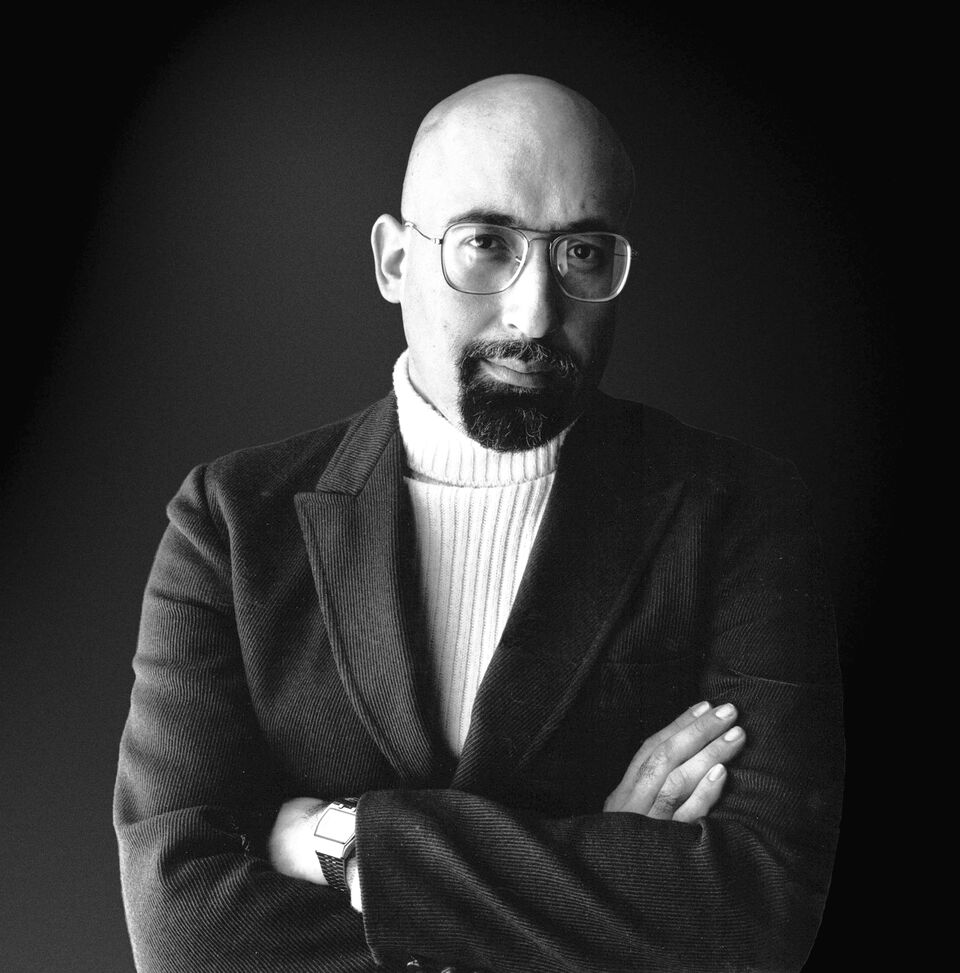About Irv Teibel
On vacation through Europe, he met an advertising executive from the Young & Rubicam agency and landed a job in London where he worked for several years before returning to the states to settle in New York City in 1966. There he worked a number of jobs—first as a studio manager for a film production house which folded in 1967 and then as an associate editor for Ziff Davis Publications photographing for Popular Photography and Car and Driver. During this time he also took night classes in electronic music at the New School and became one of the first tenants in the famous Westbeth Artist Housing.
By 1969, his recording inclinations began to eclipse his career and he started exploring the psychological uses of environmental sound. While working with musician and friend Tony Conrad on Conrad’s film Coming Attractions-which involved recording the ocean at Coney Island—Irv became excited by the potential of using nature sound to mask unwanted noise. Almost immediately he outlined plans to release
these sounds to the public on a series of LPs.
Irv worked incessantly with neuropsychologist Lou Gerstman at Bell Labs on an ocean loop recorded at Brighton Beach, eventually feeding the sounds through an IMB 360 computer to create one seamless thirty-minute track, which became “Psychologically Ultimate Seashore.” In late 1969, Irv released environments 1 —for which he took the photos, wrote the liner notes, and designed the distinctive Bauhaus-style packaging— on his newly-founded label, Syntonic Research, Inc.
The record quickly gained popularity on college campuses and was featured in Rolling Stone (“An amazing piece of wax”), Newsweek (“sonic tonic”), and the New York Times (“lovely liberating sounds”). This LP was unique for its extremely long playback—30 minutes per side at 33 1/3 rpm—and could be played at any speed from 16 2/3 to 45 rpm.
During the next few years, Irv significantly expanded his operations. In 1970, he created an environmental sound installation for the Museum of Contemporary Crafts, and in 1971, began teaching a class in experimental recording techniques at the New School while continuing to release his environments series which was now distributed on Atlantic Records thanks to its early success.
In 1973, Irv had another unexpected hit. To show his students how easily tape could be altered, he re-cut Richard Nixon’s famous August 15th speech with 140 splices in 60 seconds to reveal that the president had “prior knowledge” of the Watergate break-in. The tape spurred government authorities and politicians like Ted Kennedy to investigate and verify the recording. This succès de scandale vaulted him into a second career as an expert witness in magnetic tape technology and he later testified in the high-profile criminal cases of John DiGilio and James Coonan.
Syntonic Research, Inc. released twenty-two soundscapes on eleven discs over a decade with such vivid names as “Optimum Aviary” and “Ultimate Heartbeat.” At Syntonic’s height, Irv kept an office at the top of the Flatiron Building on Fifth Avenue. Eccentric, uncompromising, and undeniably savvy, Irv was an innovator and an effective self-promoter. For all its perceived grandiosity, Syntonic Research, Inc. was largely a company of one.
Over the years, the environments recordings found major national, international, and, as Irv claimed, interstellar audiences (environments 6 might have been included in the “Sounds of Earth” collage compiled by Carl Sagan and his team and placed aboard Voyager Spacecraft’s Golden Record). Irv’s work also appeared in the sound design of Terrence Malick’s Days of Heaven, for which the sound was nominated for an Oscar, and Errol Morris’ Gates of Heaven. All the while, Irv stressed that his recordings were meant to be “heard” rather than listened to and he often spoke of his work in photographic terms, seeking to capture a feeling worth seeing (or hearing) for an extended period.
In 1981, Irv moved to Austin, TX where he and his then-wife Rosanne had two daughters, Jennifer and Dara. Irv remained in Austin for twenty-nine years running Syntonic Research—reworking many recordings long after their release, and running mail order operations from his home. Irv Teibel passed away on October 28, 2010 at age 72.
Irv’s work predated and helped spark the commercial wave of environmental, New Age, and ambient recordings which saturated the 1980s and 90s and continues to this day. His influence on later generations of musicians, field recordists, and sound designers is self-evident.
He will be remembered for helping the world cope with the din of modern life.
